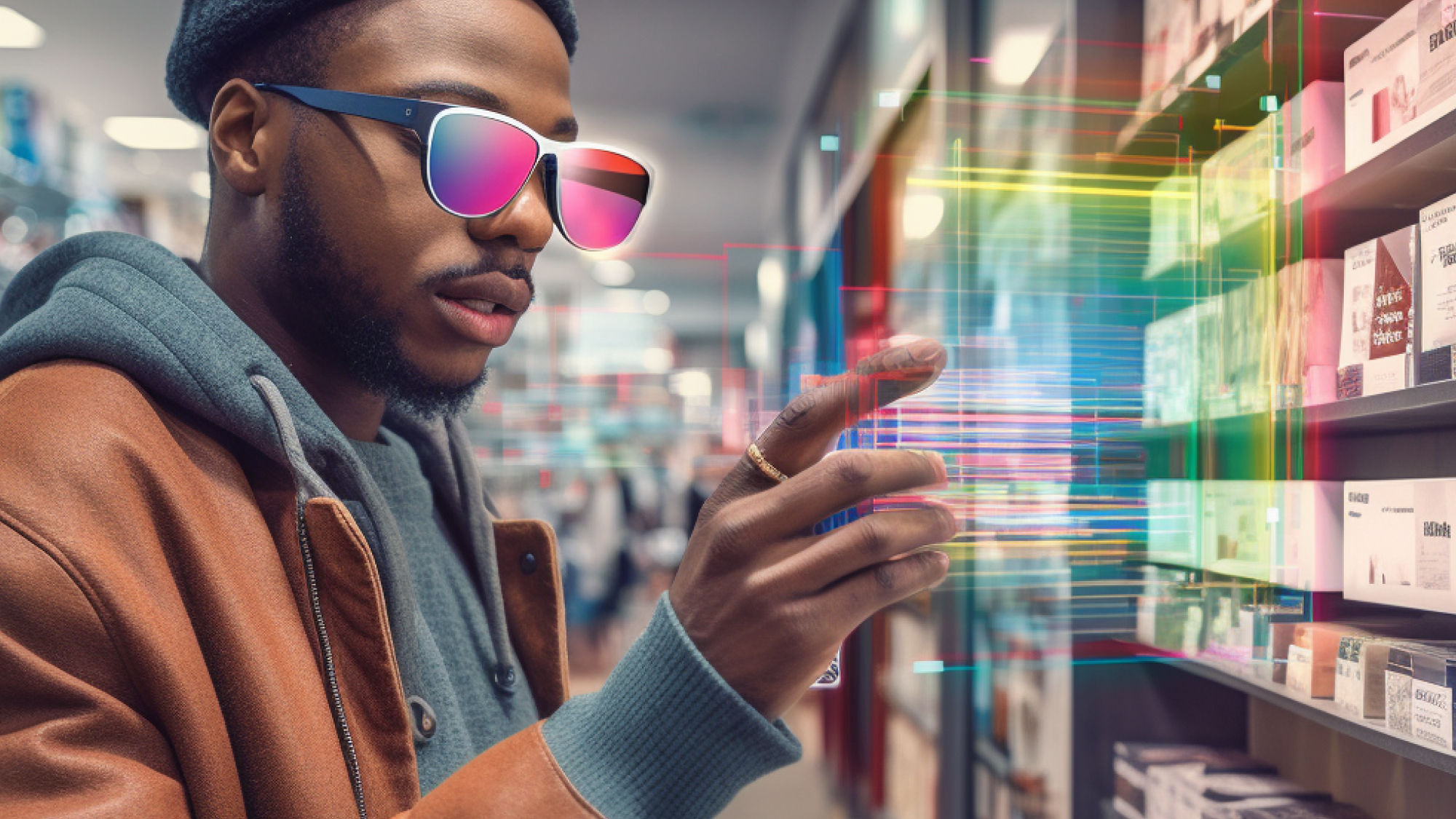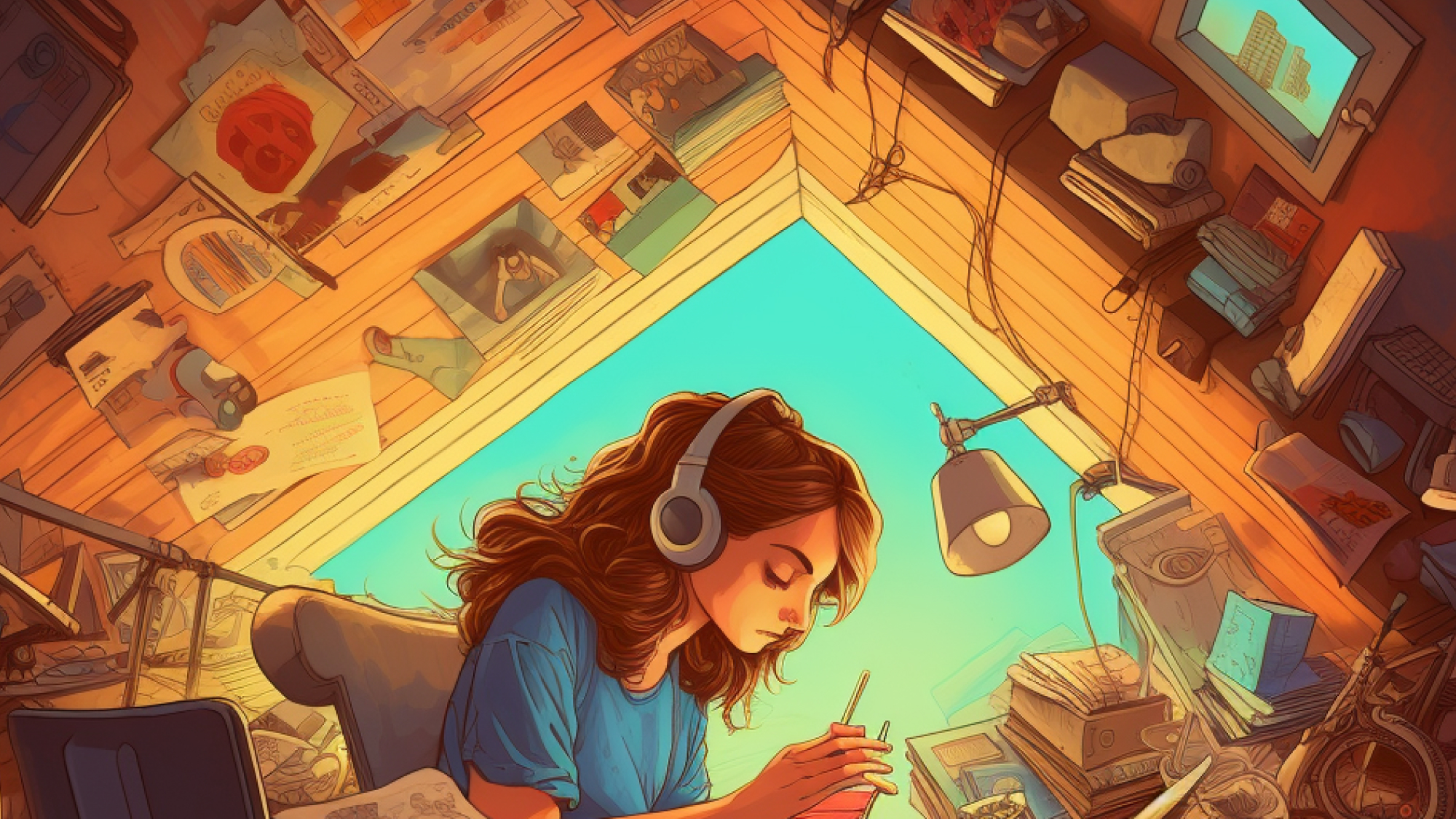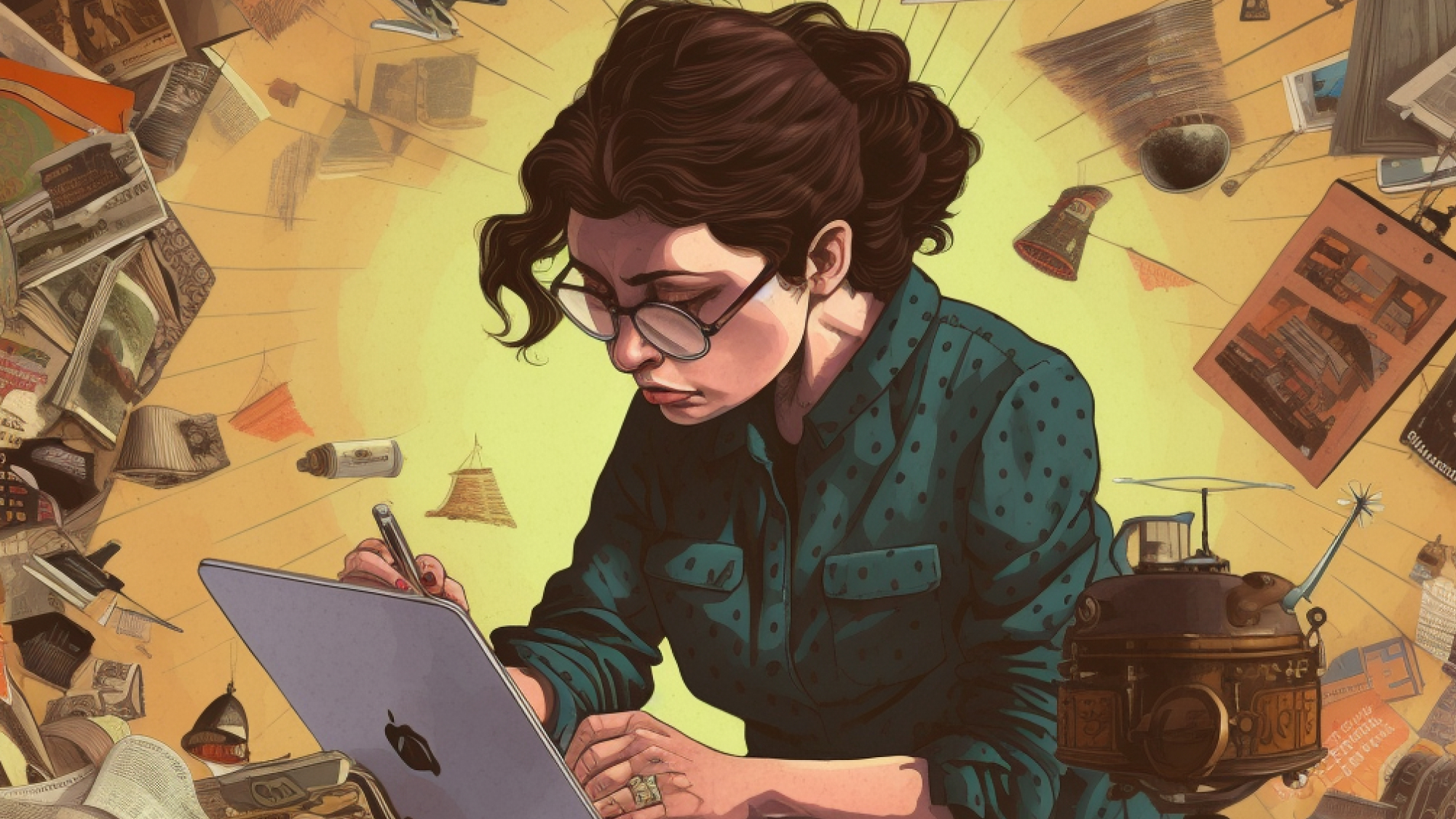
Augmented reality (AR) is changing the way we perceive and interact with the world around us. As this technology continues to develop, it’s clear that it will have a profound impact on our behavior.
In this article, we’ll explore some of the ways that AR will change how we behave.
Changing how we learn
The use of augmented reality can enhance the learning experience by providing 3D models, animations, and simulations that are interactive.
AR can allow students to interact with digital content in real life, which boosts interest and engagement.
For example, augmented reality will be able to help students explore things like the solar system more engagingly, instead just looking at pictures in a textbook.
Learners can also use AR to simulate real-world scenarios by immersing themselves into a simulated version of that experience.
For instance, medical students can use AR to practice surgical procedures in a simulated environment, so it’s safer and more effective than practicing on real patients.
AR can also help learners visualize abstract or complex concepts by providing interactive 3D models and visualizations, this will be particularly useful for topics like anatomy, chemistry, or history.
Students who are learning about chemical reactions can visualize how atoms and molecules interact in real-time using AR, which can make concepts easier to understand and more concrete.
Changing how we consume entertainment
Augmented reality can also allow you to mix virtual and real elements to make new forms of entertainment, like games, sports, and arts.
AR can make social interaction more fun by enabling shared experiences and collaboration. The global sensation of Pokemon Go is just one example of AR apps doing exactly that.
By overlaying digital data and graphics on top of real-world activities, AR games can turn the real world into a virtual playground where players can discover, collect, and compete.
Art in AR will also introduce new ways in which artists can use a combination of virtual and physical elements to create interactive experiences that are touching on their visual, auditory, and sensory inputs.
AR can also empower people to express themselves in new and exciting ways.
AR fashion designers will allow users to visualize and customize virtual clothes and accessories that they can actually wear within a 3D space.
A new way of working
As augmented reality provides real-time feedback and guidance, it will enhance industries like manufacturing, logistics, and medicine.
Workers will be able to work more efficiently and accurately if AR is used to provide real-time information and guidance.
Manufacturing, for instance, can use AR to guide workers through complex assembly processes, reducing errors and increasing productivity.
In logistics, AR will assist workers in finding and picking items in warehouses more quickly and accurately.
In medicine, as mentioned above, AR can assist surgeons during complex procedures by displaying patient data and images directly in their field of view.
In a variety of fields, such as architecture, engineering, and design, augmented reality can enhance remote collaboration and communication by simulating face-to-face interactions and sharing digital assets.
Designers, for example, will be able to visualize and prototype new products with AR in real-world environment. This can give them a more realistic sense of how their designs will be used. This will also pave a new way for 3D modeling, as designers will have a new way to look at their models.
Using AR in construction, for instance, you can reduce the strain on workers by guiding them through repetitive tasks, such as drilling or hammering beforehand, giving them additional prep time via AR.
Even with firefighters, using AR can help them to navigate through smoke and debris more safely and effectively by providing real-time information about their surroundings.
Augmenting our behaviors with AR
With its immersive and interactive experiences, augmented reality will revolutionize how we learn, shop, socialize, and more.
Augmented reality will definitely transform how we behave in a wide range of contexts.
Even if the use cases seem limited at the start, as each year passes and technology enhances, we’re bound to see the vast potential of what augmented reality can do.
And just like the iPhone, which came out just 16 years ago, we see that in less than two decades, this very phone controls every facet of our lives – from socializing, dating, eating, etc.
So it’s only natural that AR technologies will follow that same trajectory of consumption, if not faster. And in that period, it’ll be interesting to see how AR will augment, not just our realities, but our behaviors as well.










